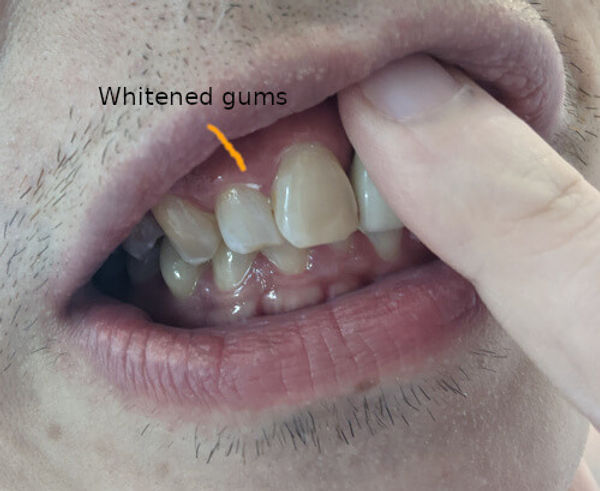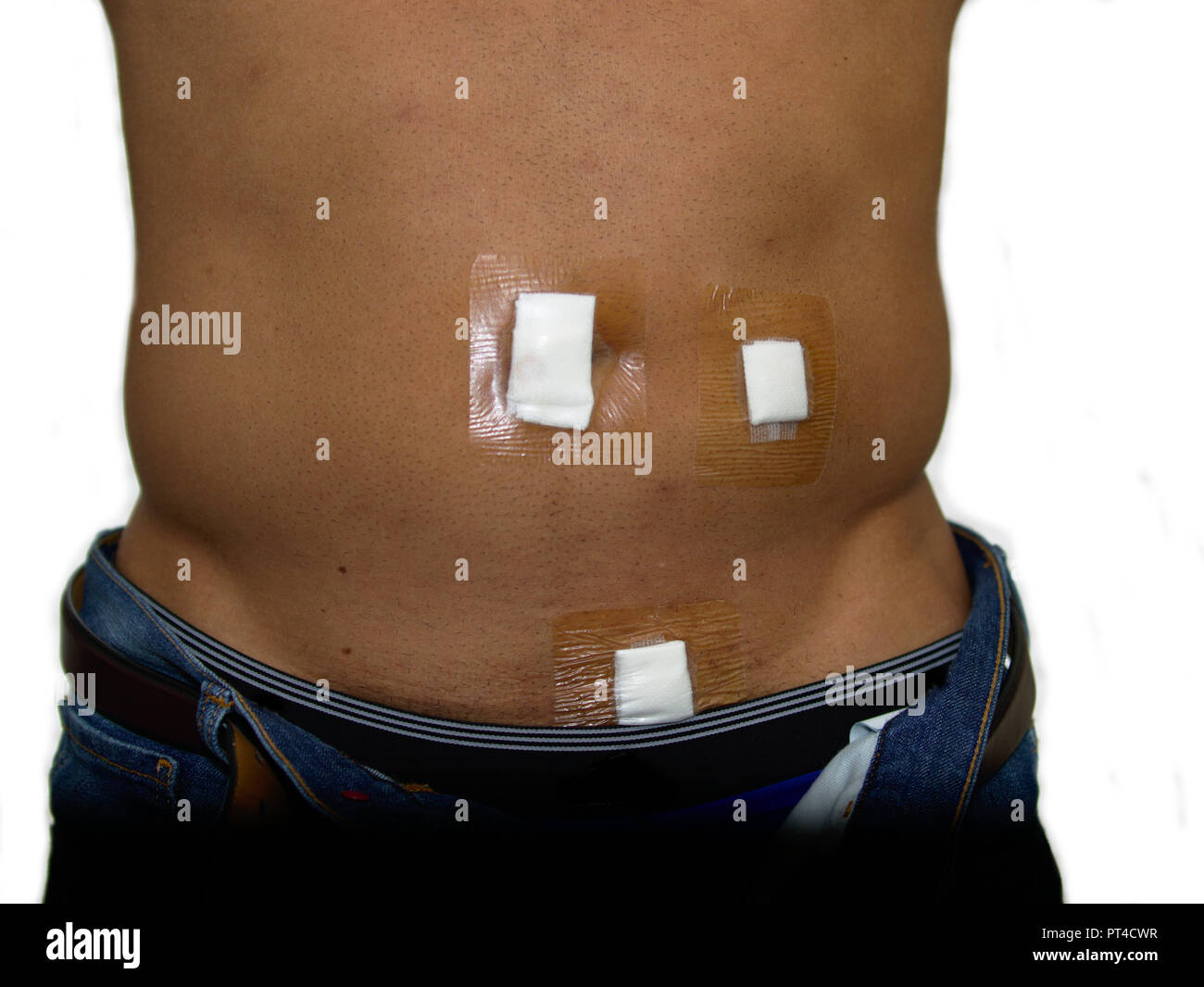White Gums After Whitening

The pursuit of a brighter, more radiant smile has led many to explore teeth whitening options, only to be met with an unexpected and unsettling side effect: white gums. This phenomenon, though not uncommon, can be quite alarming for those who have invested time and money into achieving the perfect smile. But what exactly causes white gums after whitening, and more importantly, how can this issue be addressed and prevented?
To delve into the world of teeth whitening and its effects on the gums, it’s essential to understand the process itself. Teeth whitening involves the use of a bleaching agent, typically hydrogen peroxide or carbamide peroxide, to break down and remove stains from the tooth enamel. This process can be performed professionally in a dental office or at home using over-the-counter products. Despite the effectiveness of these treatments, they can sometimes lead to irritation or other adverse effects on the surrounding tissues, including the gums.
One of the primary reasons for white gums after whitening is the involvement of the bleaching agent coming into contact with the gum tissue. Hydrogen peroxide, in particular, is known for its strong oxidizing properties, which not only break down stains on teeth but can also affect the mucous membranes of the mouth, including the gums. When this occurs, it can cause temporary whitening or a change in the color of the gums due to the removal of the natural pigmentation of the mucous membranes or due to dehydration of the gum tissue.
Another significant factor to consider is the concentration of the bleaching agent and the duration of its application. Higher concentrations and longer exposure times increase the risk of gum irritation and subsequent whitening. This is why professional teeth whitening treatments, which are performed under the supervision of a dentist, often involve the use of custom-fitted trays and precise application techniques to minimize contact between the bleaching agent and the gums.
Individual susceptibility also plays a crucial role. Some individuals may have more sensitive gums or a different mucous membrane composition that makes them more prone to experiencing white gums after whitening. Additionally, the health of the gums at the time of the whitening treatment can influence the likelihood and severity of this side effect. For instance, individuals with pre-existing gum conditions such as gingivitis may experience more pronounced effects due to the compromised state of their gum health.
Fortunately, white gums resulting from teeth whitening are typically temporary and reversible. In most cases, the gums will return to their normal color and health within a few days to a week after the whitening treatment, provided no further irritation occurs. However, it’s crucial for individuals experiencing this side effect to practice good oral hygiene, avoid further irritation, and possibly apply soothing topical treatments recommended by a dental professional to aid in the recovery process.
To prevent or minimize the risk of white gums after whitening, several precautions can be taken. Firstly, choosing a professional teeth whitening treatment under the guidance of a qualified dentist can significantly reduce the risk of gum irritation. Dentists can assess the health of the gums beforehand, select the appropriate concentration of the bleaching agent, and apply it in a way that minimizes contact with the gums. For at-home treatments, following the instructions carefully, using custom-fitted trays when possible, and selecting products with lower concentrations of hydrogen peroxide can help mitigate risks.
In addition to these preventive measures, maintaining good gum health through regular brushing, flossing, and dental check-ups is essential. Healthy gums are more resilient to potential irritants, including bleaching agents, and are less likely to exhibit adverse effects such as whitening.
What causes white gums after teeth whitening?
+White gums after teeth whitening are primarily caused by the bleaching agent, typically hydrogen peroxide, coming into contact with the gum tissue. This can lead to temporary whitening or a change in the color of the gums.
How long do white gums last after whitening?
+In most cases, white gums resulting from teeth whitening are temporary and will return to their normal color within a few days to a week after the treatment, provided no further irritation occurs.
Can white gums after whitening be prevented?
+Yes, the risk of white gums can be minimized by choosing a professional teeth whitening treatment, following instructions carefully for at-home treatments, and maintaining good gum health through regular oral hygiene practices.
Are there any long-term effects of white gums after teeth whitening?
+In general, white gums after teeth whitening are not associated with long-term effects, as they are usually a temporary and reversible condition. However, repeated or severe irritation can potentially lead to more persistent gum issues, highlighting the importance of proper care and professional advice.
In conclusion, while white gums after teeth whitening can be an unexpected and concerning outcome, understanding the causes and taking preventive measures can significantly mitigate this risk. By prioritizing gum health, selecting the right whitening options, and following professional advice, individuals can enjoy the benefits of a brighter smile while minimizing the potential for adverse effects on their gums. As with any dental treatment, it’s essential to consult with a qualified dental professional to discuss the best approach for your specific needs and to ensure that any teeth whitening treatment is both safe and effective.



